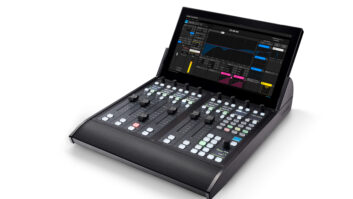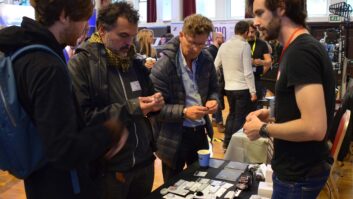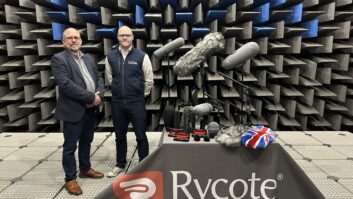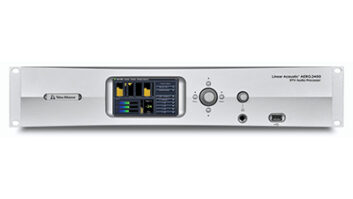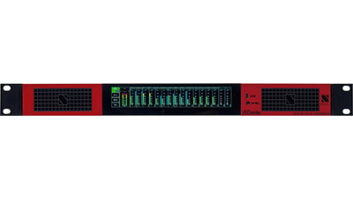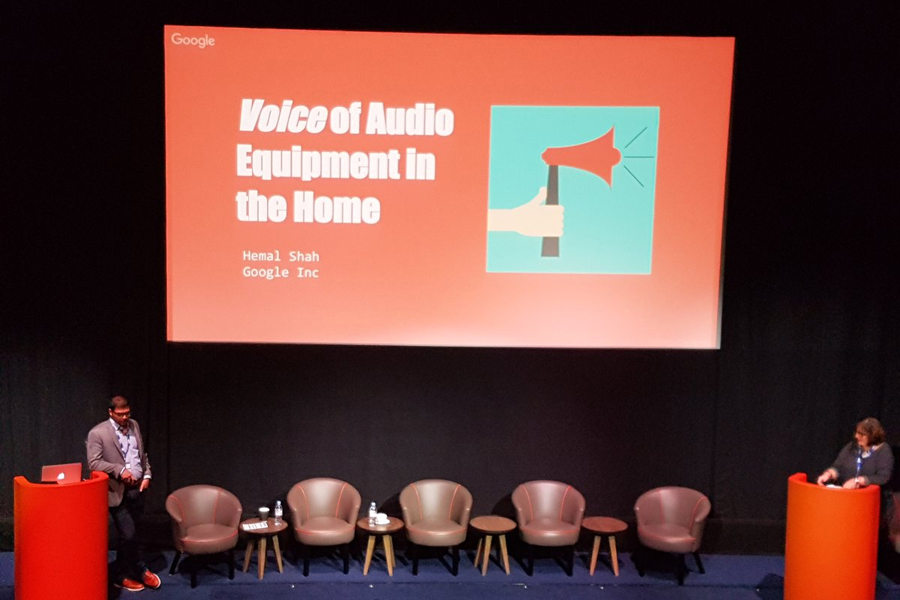
From the need to access music content flexibly and easily from a multitude of platforms, to the opportunities presented by immersive techniques and audio for VR, it is apparent that audio technology – and, more specifically, the consumer’s relationship to it – is now evolving at a more rapid rate than ever before. Inevitably this has huge implications for areas such as manufacturing and R&D, music delivery and broadcast production – some of which are still yet to become entirely clear.
Although the long-term outlook is still far from certain the Futuresource Audio Collaborative conference – held at London’s Ham Yard Hotel on 8 November – did a sterling job of providing some much-needed illumination. And although its conclusions were many, the dominant message was arguably that collaboration across sectors and segments will be integral to the business of survival – let alone prosperity – for many players in the music and audio industries in the future.
The scene was set nicely by an opening keynote from Armin Prommersberger, senior vice president, technology, lifestyle audio division, Harman International. Reflecting on the “well-defined” nature of the home audio business in recent decades, Prommersberger made it clear that, by contrast, we are now in the midst of profound flux.
Connectivity and personalisation will become evermore important as we move into a world in which “the value chain has [gone from being] a sequential thing to a network that requires you to absorb information and give something back. It is not just in and out, but hundreds of thousands of ins and outs,” he said.
The ability for connected devices to gather and process huge amounts of data means that playback is now only one component of the overall consideration. “If you are only in the playback music part of the business, you are in the ‘going out of business’ part,” Prommersberger added drily, before going on to outline some of Harman’s own extensive efforts to stay ahead of the curve in the consumer audio industry.
Headphone design evolution
The headphone market is one area in which the accelerating rate of change is particularly apparent. Far from being the ‘one size fits all’ accessories of yore, contemporary headphones may be fashion-driven and informed by an increasingly broad spectrum of feature requirements. Consequently, the larger industry stalwarts have been joined by a newer generation of suppliers keen to make an impact on a highly dynamic portion of the business.
So in the session entitled ‘Headphones – A Case Study of Design Evolution, Brand Innovation and Sustainable Pricing’, multiple panellists helped to depict a landscape in which multiple headphone ownership – with different headphones selected for contrasting occasions – is now ubiquitous.
Suzaan Sauerman – who was until recently global senior director of consumer marketing at Jabra – highlighted the ongoing creation of a “digital ecosystem” that will require different players to “work together” effectively, although it is clear that “specific features will drive the market”. Across the panel it was felt that wireless capability is bound to be a substantial driver of future product developments, while industry-watchers are advised to train a particularly keen eye on the newer suppliers (“it is easier for start-ups to be radical,” observed Kodak vice president of brand and creative Dany Atkins).
Several of the same themes recurred during another of the day’s standout sessions, entitled ‘The Evolution of Home Audio – MRA Streaming, Driving Quality Sound and Smart Speakers – Where Next?’ Integration of streaming capability into home audio hardware is increasingly de rigeur for suppliers operating at all price-points, so it stands to reason that differentiation is going to be evermore critical. As several panellists observed, this will require manufacturers to think bold and creatively about hardware features and capabilities.
Music fan expectations
Another highlight of a notably diverse programme was the panel session entitled ‘What Does the Music Fan Really Want?’ As it turns out, the music industry obituaries that started to become worryingly prevalent a few years back were decidedly premature, and now worldwide revenues are – slowly but surely – on the rise once again. But to ensure that this remains the case, record companies and other service providers will be required to adapt more quickly than ever before to consumers’ evolving expectations.
“One size does not fit all” confirmed Kim Bailey, CEO of the Entertainment Retailers Association, who pointed out that revenue is still divided in fairly equal chunks between CD, streaming and vinyl/download. Panellists’ views on the extent to which the current vinyl resurgence will become a major revenue earner were the subject of some variation, but there was uniformity of opinion when it came to the increasingly diverse ways in which new talent can come to light and then maximise exposure. Some of the most striking examples were provided by promoter and manager Mark Walker, who discussed his work with stars rising to prominence through YouTube and other digital platforms, such as Emma Blackery.
Audio Collaborative also found time to examine several other specific developments that may exert a considerable influence on audio consumption over the next few years. In his presentation, Hemal Shah – who is worldwide business lead, Google Home and Living partnerships, Google – pondered some of the ways in which voice-based interaction with devices is likely to shape the smart home of the future. The programme also featured a striking panel session on virtual reality and its potential incorporation into music video production and live events, with MelodyVR CEO and co-founder Steven Hancock proving to be especially illuminating on the many new opportunities for revenue generation and content production that this may open up.
The term ‘brave new world’ is undoubtedly overused in technology circles, but it is entirely appropriate in this context. Audio for consumer and entertainment applications is now rapidly transcending its focus on playback to embrace the many new and emerging ways in which music fans interact with the world around them. The implications of this change may not become fully clear for some years yet, but Audio Collaborative provided some much-needed pointers as to how one might begin the process of developing a framework of understanding.
